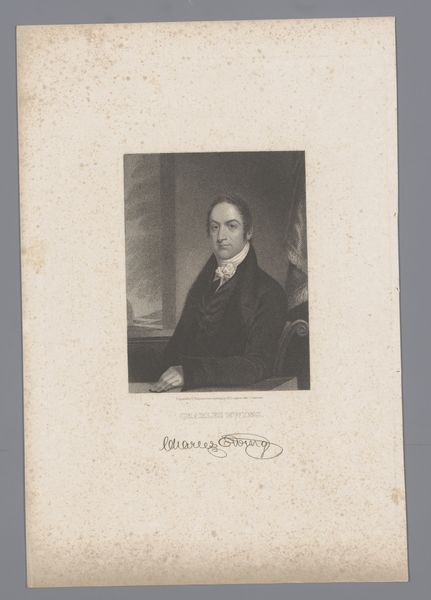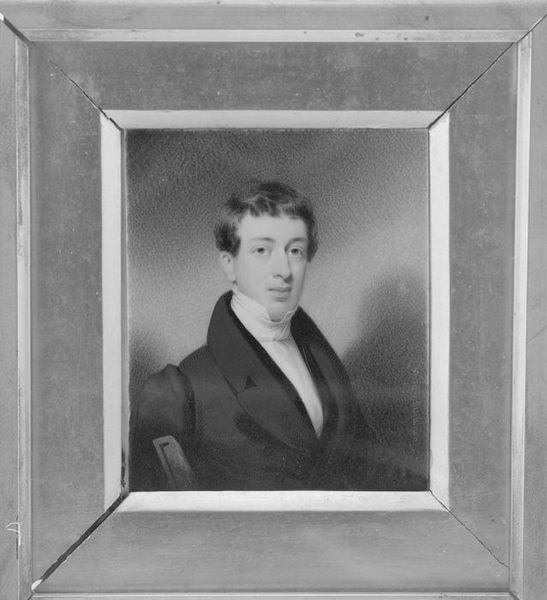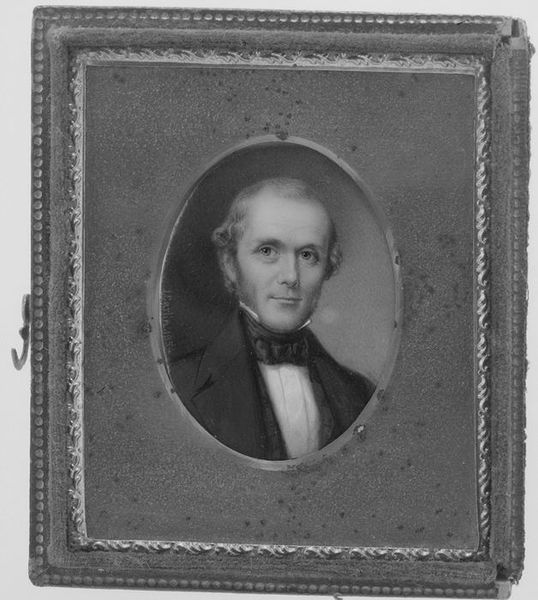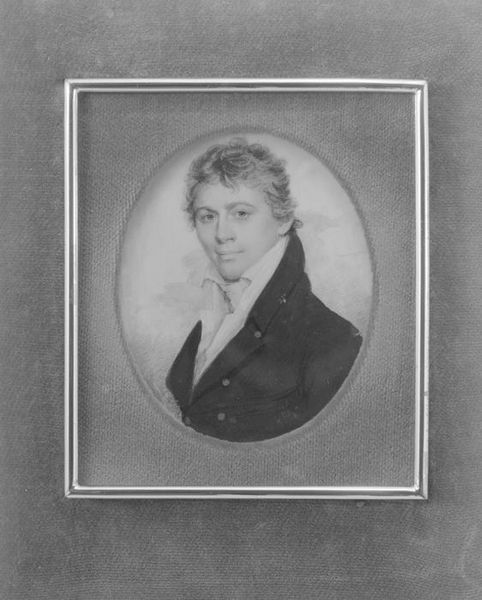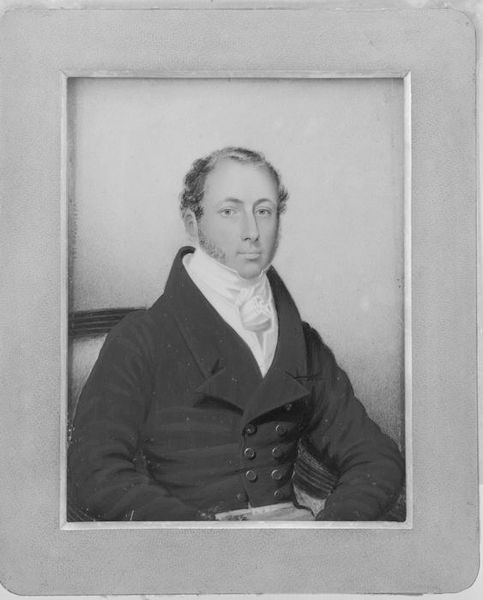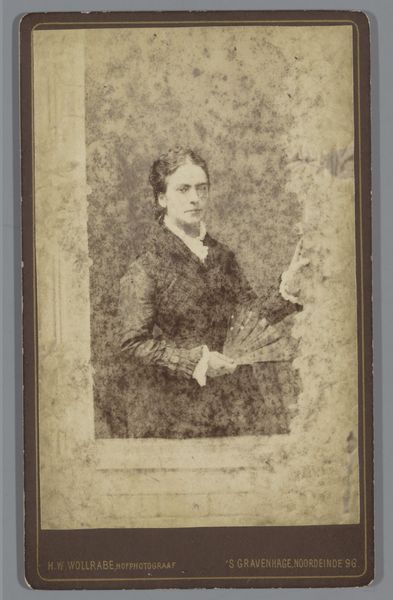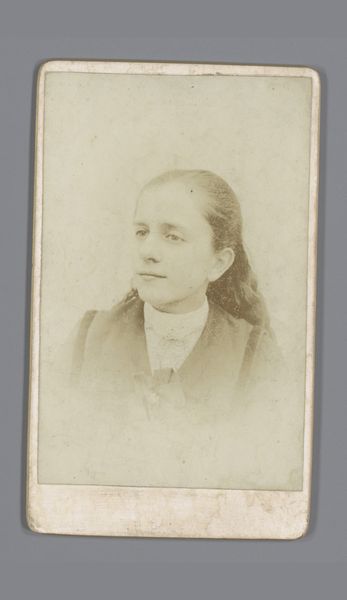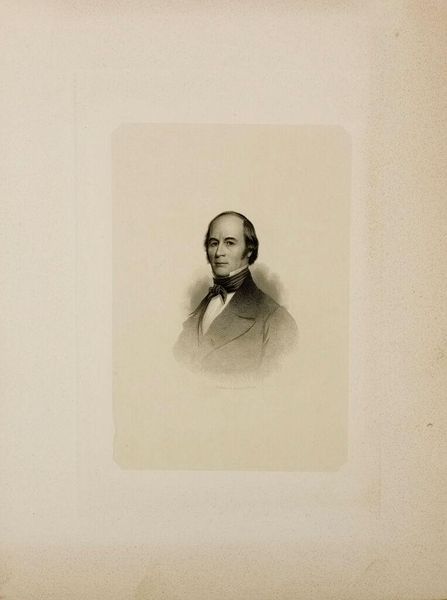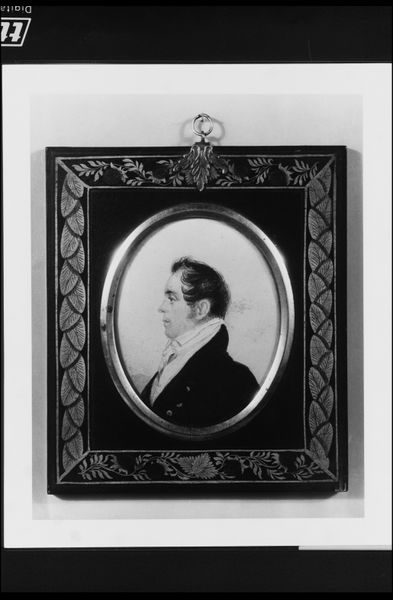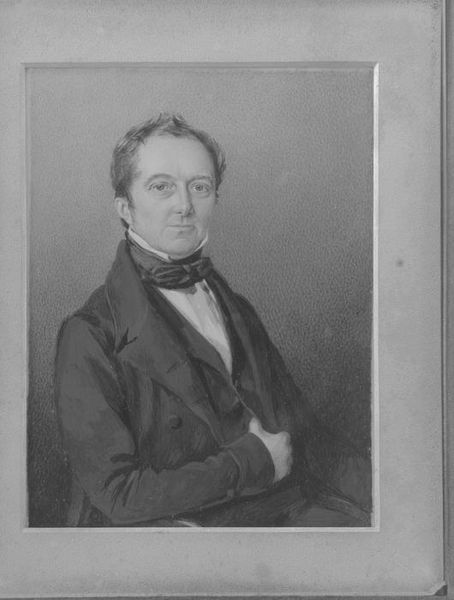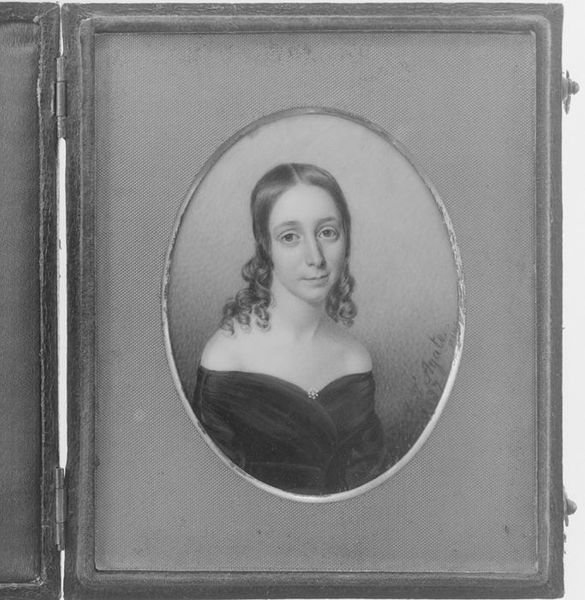
drawing, pencil, graphite
#
portrait
#
drawing
#
low key portrait
#
portrait image
#
portrait
#
portrait subject
#
portrait reference
#
portrait head and shoulder
#
romanticism
#
black and white
#
pencil
#
single portrait
#
men
#
graphite
#
facial portrait
#
fine art portrait
Dimensions: 3 3/8 x 2 1/2 in. (8.5 x 6.4 cm)
Copyright: Public Domain
Editor: This drawing, "Portrait of a Gentleman," from 1832-1838 by James Whitehorne, rendered in pencil and graphite, is so precise and gives such a sense of its time! What jumps out at you about this piece? Curator: What I notice immediately is the intersection of materials and class. The use of pencil and graphite, relatively accessible materials, allows a broader segment of the aspiring middle class to commission portraits. The materials democratize image production. Editor: That’s a very interesting angle. I hadn’t considered the economics. Was this a common practice then? Curator: Absolutely. The rise of graphite as a drawing medium coincides with a shift in societal values, where individuality and status became increasingly important. These smaller scale portraits were perfect for the growing middle class who desired markers of affluence without the expense of full-scale oil paintings. Editor: So the medium is tied directly to social mobility? How interesting. Are there other clues that speak to the subject's societal status? Curator: Yes, consider the gentleman's attire and bearing. The tailored jacket, neatly tied cravat, all point towards a conscious presentation of status. Even the fine paper stock serves a purpose. The choice of materials signifies a particular social ambition and consumer culture. Think of the labor it would take to carefully blend the graphite for the subtle gradations in tone. Editor: I see what you mean. Every aspect of this portrait, from the materials used to the sitter's presentation, tells a story about production, aspiration and society during that time. Curator: Exactly. It’s a portrait about far more than just a man’s likeness; it speaks volumes about the society that produced it, down to the most fundamental elements. It prompts us to ask: Who could afford this luxury? What message were they trying to send? Editor: That changes how I view portraits! Thank you. Curator: My pleasure.
Comments
No comments
Be the first to comment and join the conversation on the ultimate creative platform.
